Handwriting
Handwriting
At Benton Dene Primary School, we are very proud of our pupil’s handwriting. Handwriting is a basic skill that influences the quality of work throughout the curriculum. Handwriting is taught progressively and in accordance with curriculum requirements.
Our EYFS and KS1 pupils follow the Read Write Inc. programme to support precursive letter formation, supported by the Letter Join programme. When pupils have completed the RWI programme, they are ready to learn to write in a cursive font using the Letter-join programme commencing in Year 2. Our intention is to make handwriting an automatic process that does not interfere with creative and mental thinking. Our aims in teaching handwriting are to ensure pupils will:
Take pride in the presentation of their work
- Be able to write with confidence and pace, expressing themselves creatively and imaginatively across the curriculum by the end of Key Stage 2 all pupils should have the ability to produce fluent, legible joined-up handwriting and understand the different forms of handwriting used for different purposes. Handwriting in EYFS/KS1 For our youngest pupils we start by developing children’s gross motor skills through the scheme ‘Squiggle whilst you wiggle’. This focusses on gross motor movements to create specific marks, it strengthens and trains muscles whilst mark making for a purpose of forming letters which will lead to formal handwriting. There are also multiple opportunities for practising gross motor skills independently. There are regular timetabled slots for handwriting during RWI phonics lessons to ensure that children build up their handwriting skills every day. Children will, when ready begin to write on lined
paper.
- Children learn a mature style of writing that will lead to joined-up writing. Handwriting in KS1/KS2 When children have completed the RWI phonics programme they learn to use a cursive font using the Letter-join programme, the aim being;
- To develop a neat, legible, speedy handwriting style using continuous cursive letters, which leads to producing letters and words automatically in independent writing.
- To establish and maintain high expectations for the presentation of written work.
- For pupils to understand, by the end of Year 6, the importance of neat presentation and the need for different letterforms (cursive, printed or capital letters) to help communicate meaning clearly. Children will, when ready begin to write on narrow lined paper. All members of staff can access the letter join font, which is used to produce classroom resources including IWB slides, printed resources and displays to support teaching and learning and to ensure consistency.
Which letters join? We recognise that for some children joins from the letters r, w, o and v can be more difficult and it is not essential for those letters to join the subsequent letter in a word. Pupils should experience coherence and continuity in the learning and teaching of handwriting across all school years and be encouraged to take pride in the presentation of their work. Our objective is to help pupils enjoy learning and developing their handwriting with a sense of achievement and pride. Pens and pencils Children will start handwriting using a soft pencil. When fine motor skills have been established a handwriting pen can be used. Inclusion For children who experience handwriting difficulties due to fine motor development, including those who are left-handed and those with special educational needs, the appropriate additional support (which may include equipment, intervention groups, a support plan or external agencies) will be put into
place.
Parents are introduced to the schools handwriting style through parent drop in sessions and reading and writing workshops. EYFS staff ensure that parents are informed and encouraged of expectations and can support the writing process (for example using a capital letter at the start of a child’s name). Parents and carers are informed of progress in handwriting, any areas for improvement and next steps during parental consultations and also on an informal basis by teaching staff whenever necessary.
The Handwriting Policy can be found in the policies section of the website.




















